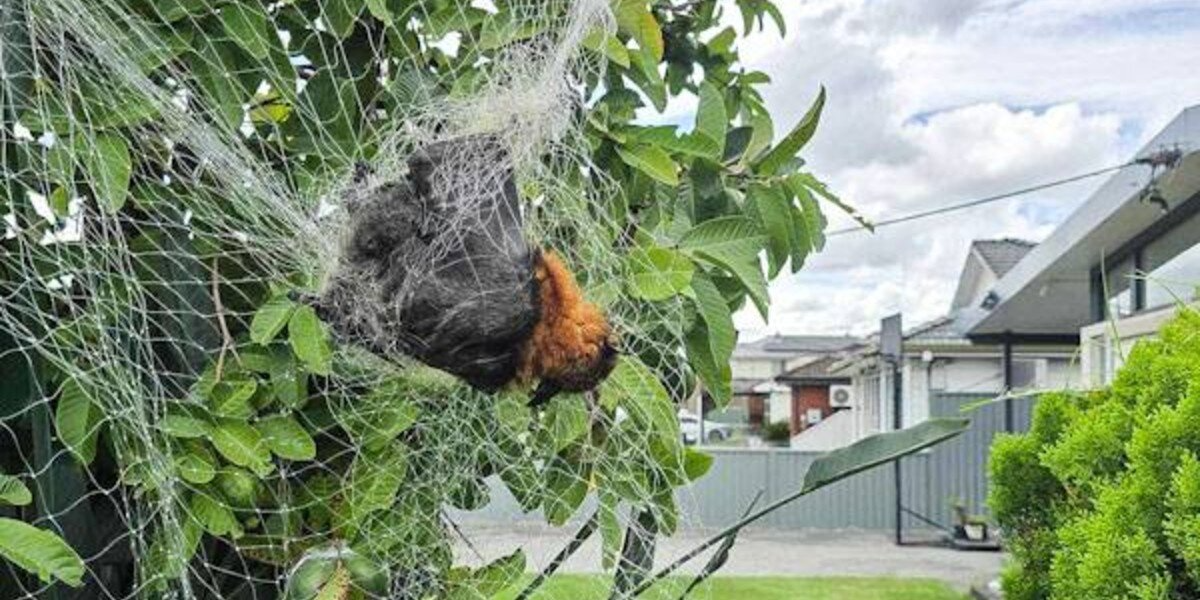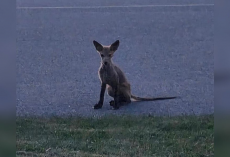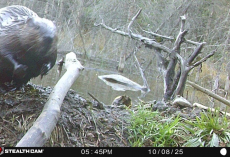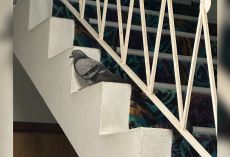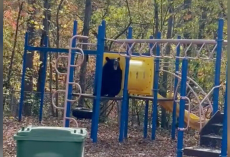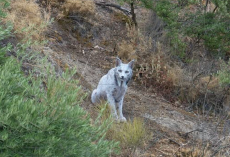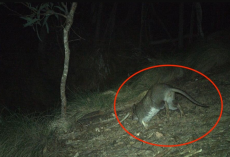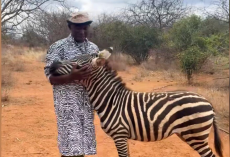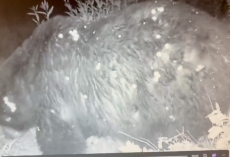Late last month in Liverpool, Australia, a woman walking through her backyard spotted something strange in her pear tree. Hanging from the netting was what looked like a ball of dark fuzz — until it moved.
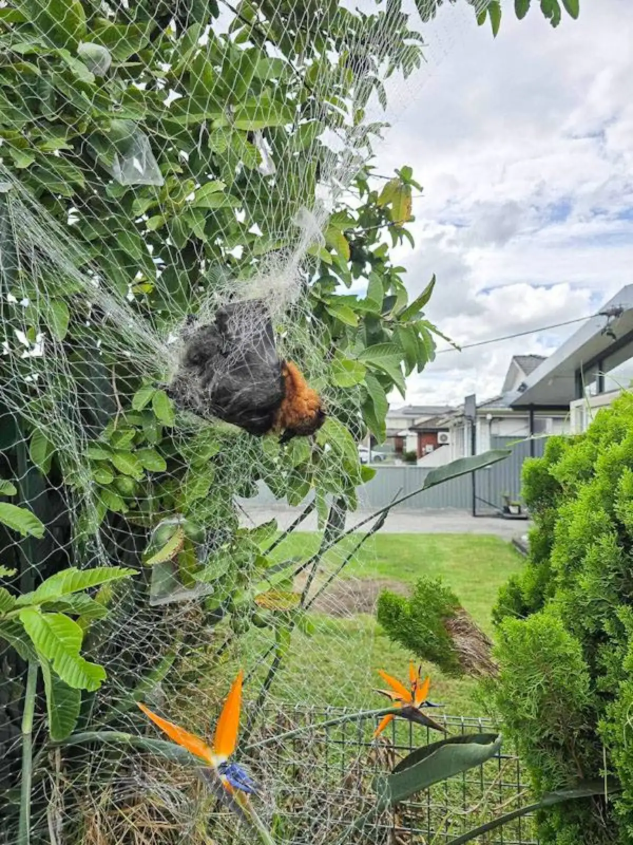
As she got closer, she realized it was a bat, tangled tightly in the mesh and struggling to escape. The poor animal had clearly been fighting for a long time, only making the situation worse.
The homeowner immediately called Sydney Wildlife Rescue, and soon volunteer Bel arrived on the scene.
“It took over 25 minutes to free her from the netting, which was tightly wound around her body due to her struggle to get free,” said Janine Davies, a representative from the rescue, in a Facebook post.
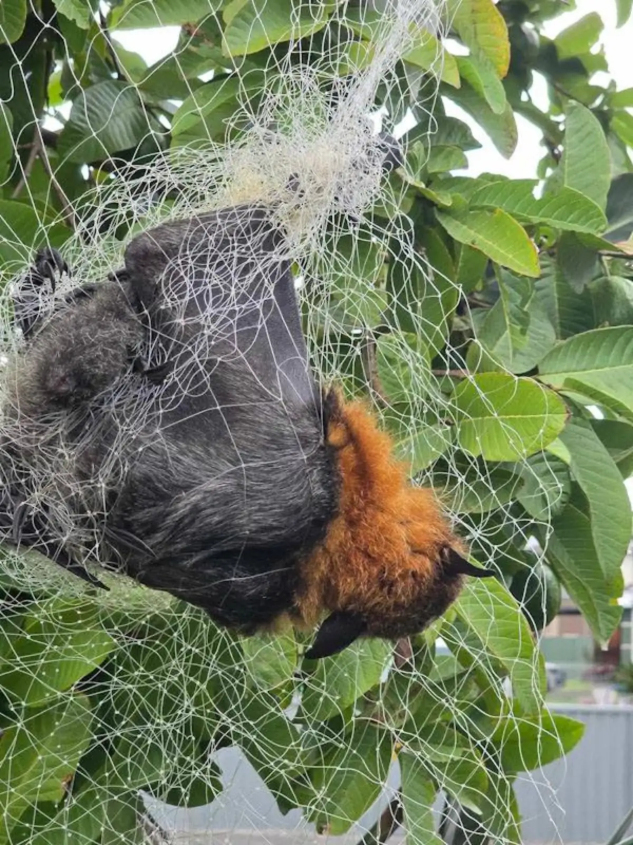
Only after the final strands were cut away did the little bat’s face emerge — wide-eyed, delicate, and heartbreakingly sweet. Bel identified her as a grey-headed flying fox, one of Australia’s most important (and vulnerable) native pollinators.
Sadly, rescuers are seeing more and more bats like her caught in backyard tree netting. As habitat loss worsens and natural food sources like eucalyptus blossoms become scarce, flying foxes are forced to forage in suburban gardens.
“When there aren’t enough native blossoms or fruits available, they look elsewhere,” Davies told The Dodo. “With the scarcity of eucalyptus blossoms, flying foxes are increasingly foraging in urban backyards, leading to a rise in rescues.”
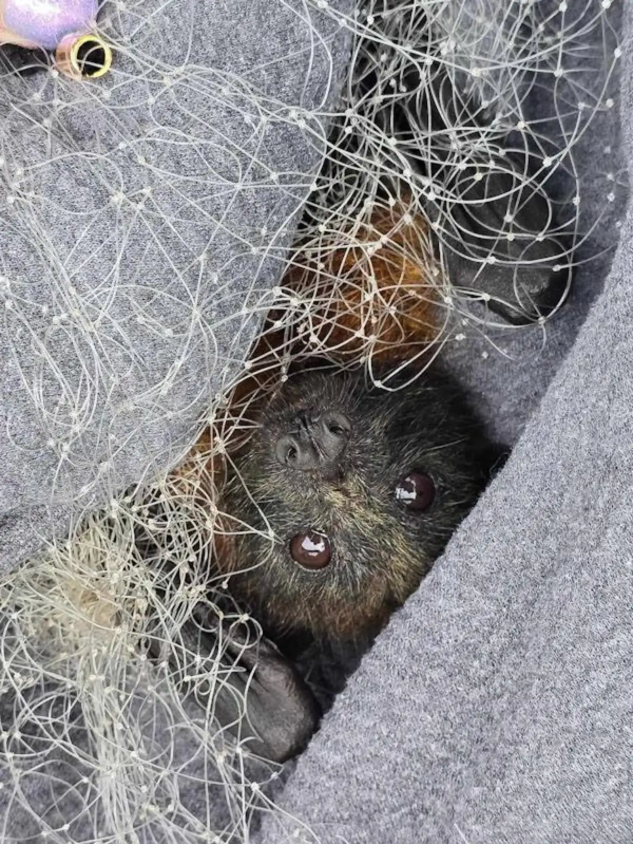
Thankfully, this bat — now named Willow — had only minor injuries. After her long ordeal, Bel carefully transported her to a wildlife care facility, where she received food, hydration, and a cozy place to rest.
Flying foxes like Willow are sometimes called “nighttime pollinators.” As they feed on nectar and fruit, pollen clings to their fur and travels from tree to tree — helping entire forests grow and thrive.
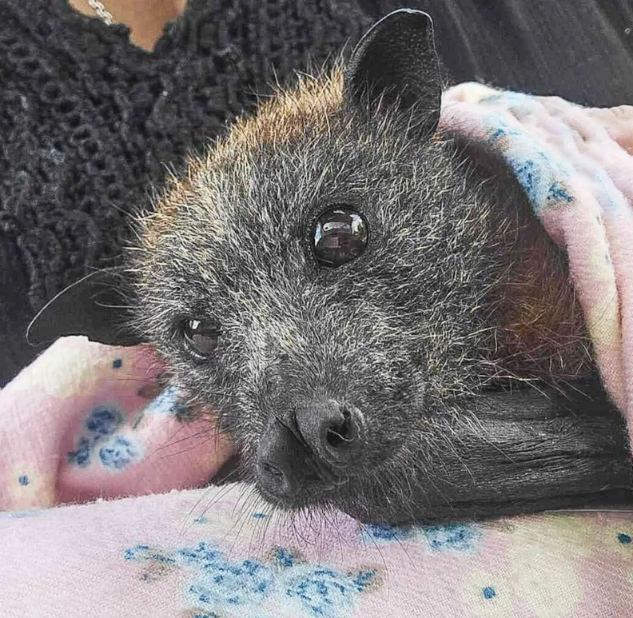
To prevent more tragedies like this, Sydney Wildlife Rescue urges homeowners to use wildlife-safe tree netting, with holes too small for animals to get caught.
“If the mesh is large enough to fit your fingers through, wildlife can become trapped,” Davies said.
For now, Willow is safe, warm, and healing — snacking on fruit and regaining her strength under the care of her rescuers. When she’s fully recovered, she’ll return to the wild skies where she belongs.
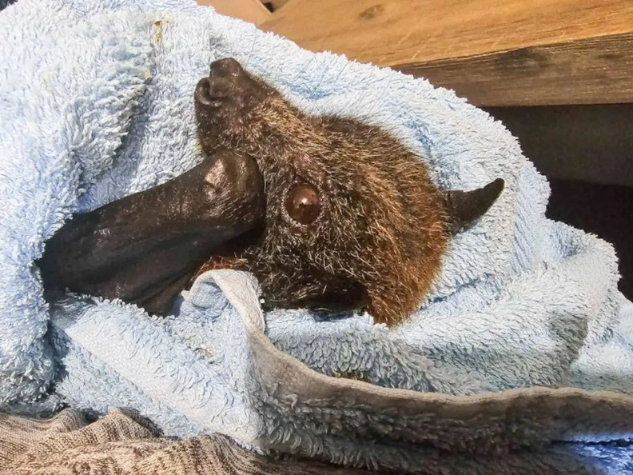
And thanks to one kind homeowner who noticed a strange “fuzzy ball” in her tree, she’ll get that chance to fly free again.
If you’d like to help other animals like Willow, you can make a donation to Sydney Wildlife Rescue here.

